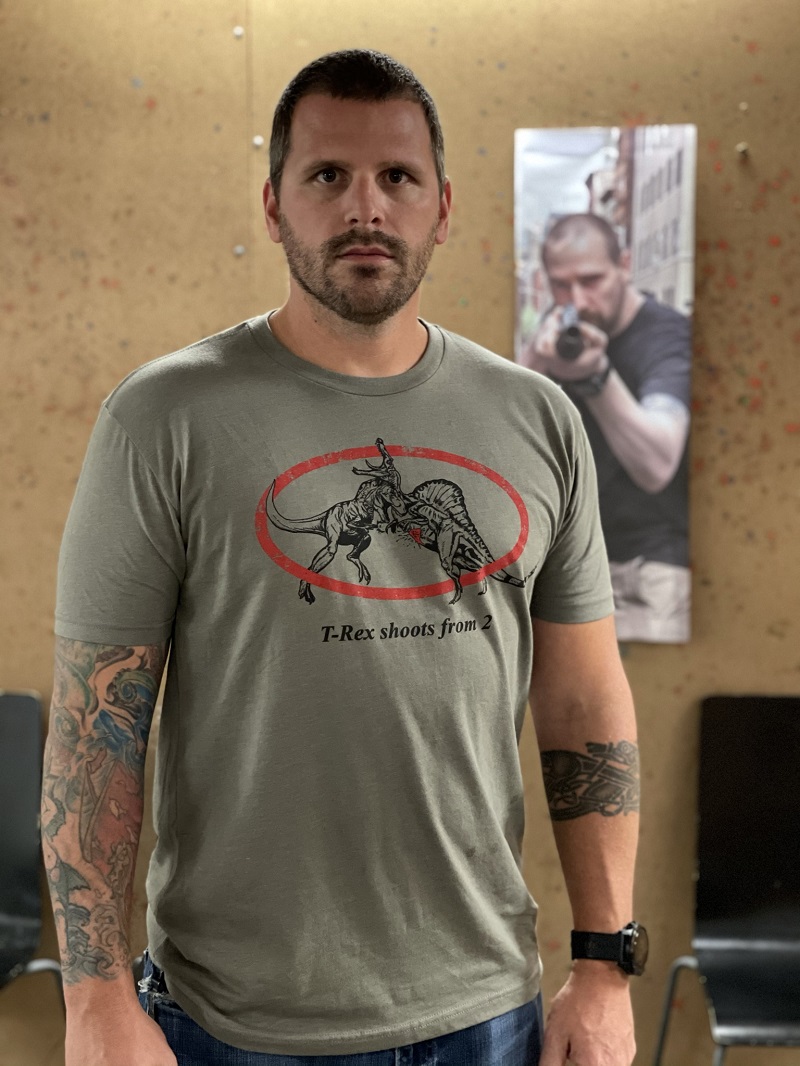Because the scenarios in which I draw my gun without a certain understanding of the situation I'm facing vastly outnumber the scenarios in which I have a complete and certain understanding of the situation and just need to put a bullet in someone as fast as humanly possible.
I trust my subconscious to switch to an index draw if that situation arises more than I trust my subconscious to see that thing I didn't see until it was too late.




 Reply With Quote
Reply With Quote




